- Joined
- 27 December 2005
- Messages
- 17,755
- Reaction score
- 26,470
Other equipment included X band, L band and S band "F.I.S. Mk 4" receivers (appears to be some kind of passive radar homing / RWR?)
BAROBA said:Whats the story on the cockpit(s)?
Why are the lay-outed like that?
rickshaw said:That cockpit arrangement always struck me as unusual. Only the poms ever adopted it. All other designers put their radar ops in the same cockpit as the pilot. What struck me as unusual in this one was the strengthening around the radar ops' cockpit. Does anybody know why that was necessary?
Trident said:Still, a conventional tandem seat arrangement with no windows for the GIB would seem more straightforward. What does the coal hole offer that this solution cannot provide, apart from making the aircraft look hideous
Weaver said:Trident said:Still, a conventional tandem seat arrangement with no windows for the GIB would seem more straightforward. What does the coal hole offer that this solution cannot provide, apart from making the aircraft look hideous
Small point, but in the Sea Vixen, the pilot and Nav can talk to each other without using intercom.
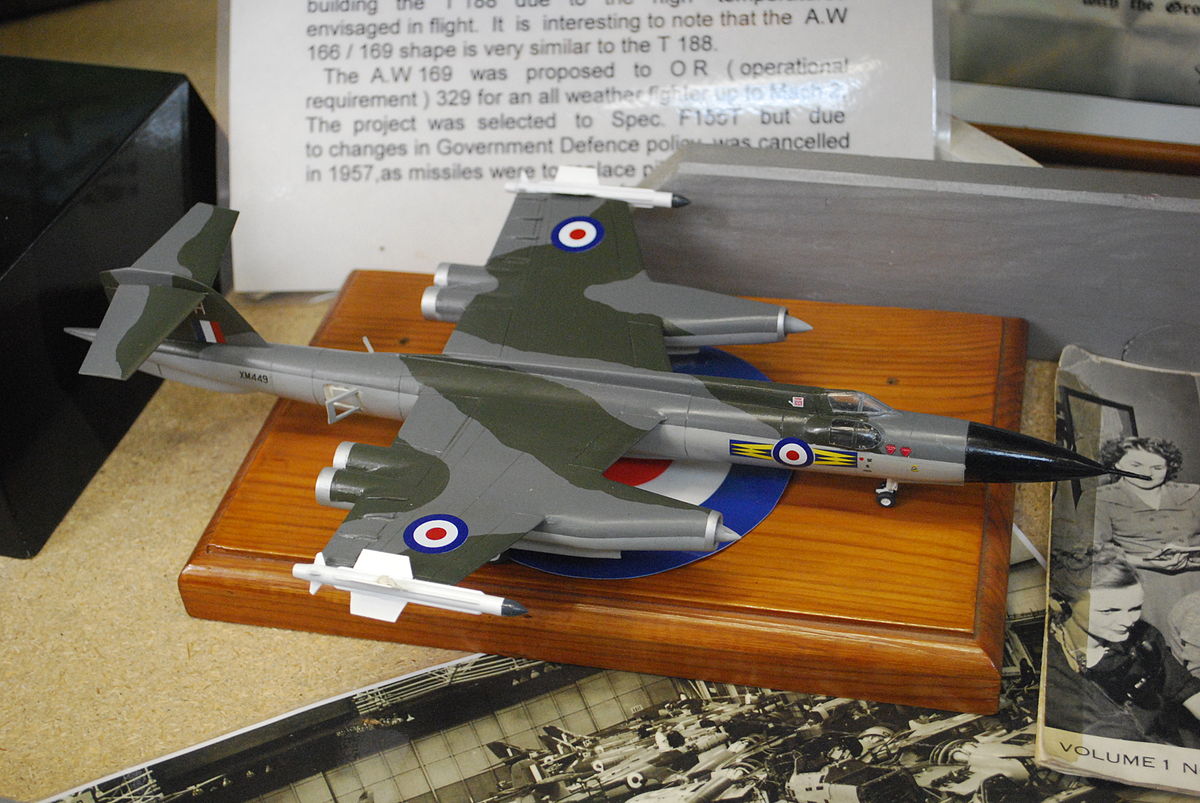
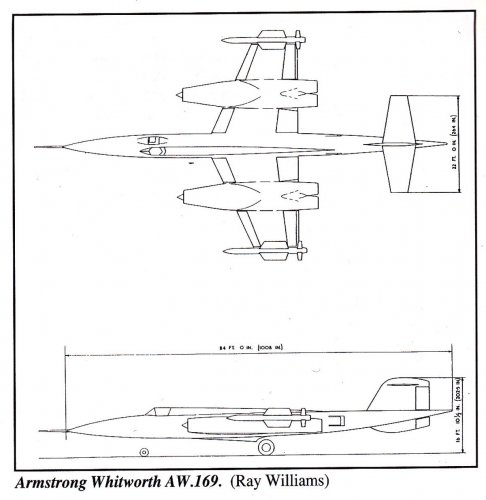
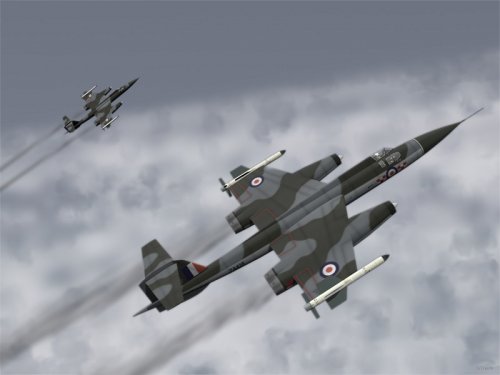
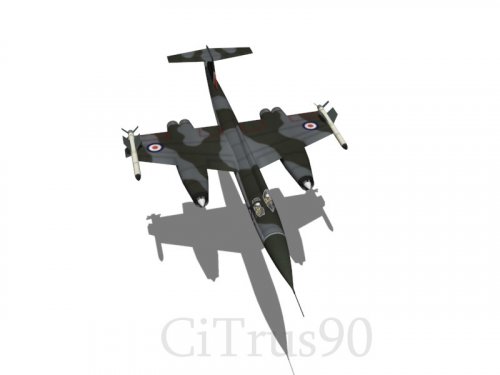
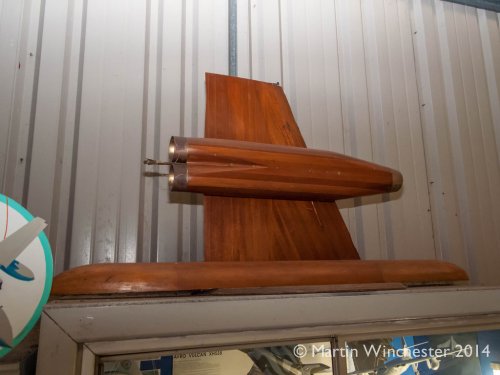
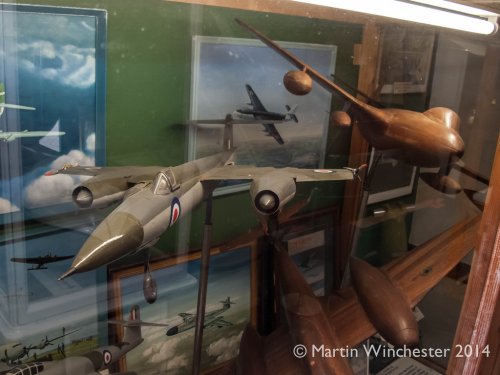
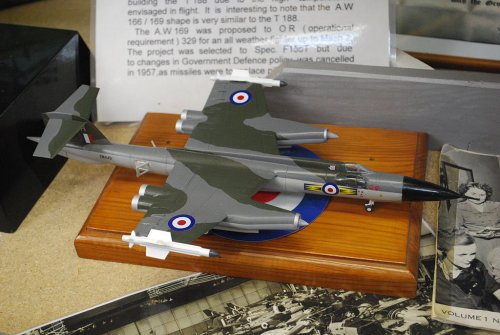
These are the Photos I recall seeing in the article I referred to in the 3D printing thread.Model of Armstrong Whitworth AW.169.
Source: http://prototypes.free.fr/fd2/fd2-3.htm
Model of Armstrong Whitworth AW.169.
Source: http://www.strange-mecha.com/aircraft/Cancel/UK-AW.htm
Very nice, likely to be one of the next kits I doBrochure artwork, plus some Barrie Hygate drawings I should really clean up for publication one day.
I think it's the word "fighter" in the name, which always seems to provoke images of frantic maneuvering, while the Strikers are set up side by side for better usability of the scopes.Odd how some find issue with the Night fighter style side by side arrangement but not the Strike Aircraft like the Intruder, F-111 and Su-24, both groups are intended to operate by instruments rather than line of sight in adverse conditions..
